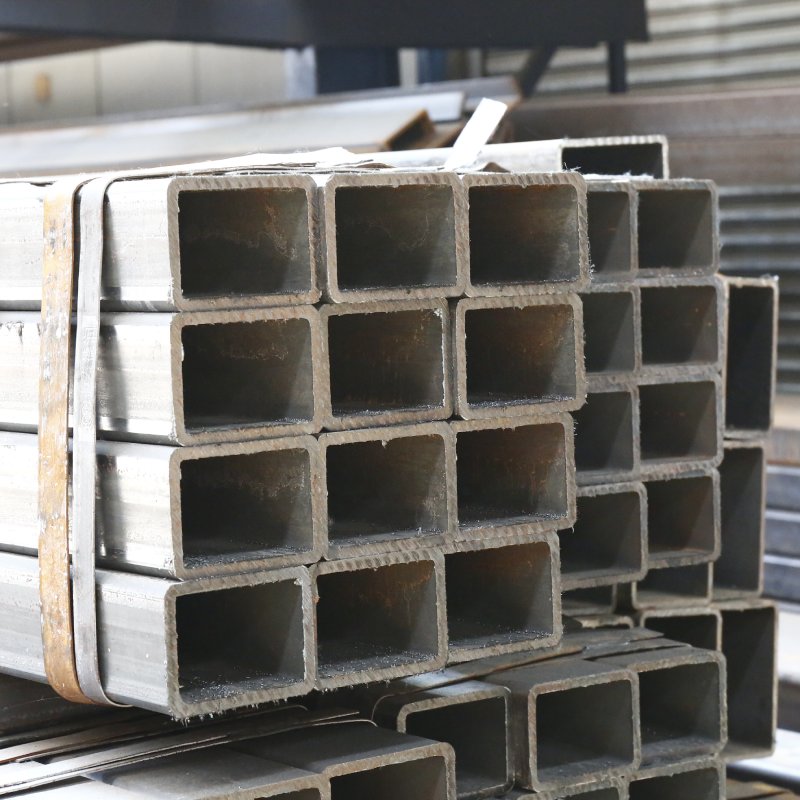
Image source Aiweiblockmachine
Adoption of 3D Printing Technology in Full-Automatic Block Manufacturing
Title: Revolutionizing Full-Automatic Block Manufacturing: Embracing 3D Printing Technology
Introduction
In the realm of manufacturing, 3D printing technology has emerged as a transformative force, disrupting traditional methods and unlocking new possibilities. The integration of 3D printing in full-automatic block manufacturing represents a significant leap forward in terms of efficiency, customization, and sustainability. This article explores the key drivers behind the adoption of 3D printing technology in full-automatic block manufacturing, examining the advantages, challenges, and the potential impact on the construction industry.
1. **Precision and Customization**
One of the primary advantages of 3D printing in full-automatic block manufacturing is the unprecedented level of precision and customization it offers. Traditional manufacturing methods often face limitations in achieving intricate designs and complex geometries. With 3D printing, each block can be precisely crafted layer by layer, allowing for highly detailed and customized structures.
Architects and builders can leverage this capability to create blocks with unique designs, tailored to meet specific project requirements. The precision of 3D printing ensures consistency and accuracy, contributing to the overall quality and visual appeal of the constructed structures.
2. **Efficient Use of Materials**
Traditional block manufacturing processes often involve cutting and shaping materials, resulting in significant waste. 3D printing, however, follows an additive manufacturing approach where material is deposited only where needed. This minimizes waste, leading to more sustainable and cost-effective production.
The full-automatic nature of the production line complements the efficiency of 3D printing by ensuring a continuous and streamlined manufacturing process. This reduction in material waste aligns with the growing emphasis on sustainable practices within the construction industry.
3. **Complex Structures and Lightweight Blocks**
3D printing allows for the creation of complex structures and lightweight blocks that might be challenging or impossible to achieve through traditional manufacturing methods. The flexibility of 3D printing technology enables the construction of intricate designs and architecturally ambitious structures, pushing the boundaries of what is achievable in the field of construction.
In addition to aesthetic benefits, the ability to produce lightweight blocks contributes to overall structural efficiency and can lead to more sustainable construction practices, reducing the load on buildings and transportation.
4. **Rapid Prototyping and Iterative Design**
The iterative design process is a crucial aspect of innovation in manufacturing. 3D printing facilitates rapid prototyping, enabling designers and engineers to quickly iterate on block designs. This accelerated design cycle allows for faster development and optimization of block prototypes.
The full-automatic nature of the production line ensures that the rapid prototyping capabilities of 3D printing seamlessly integrate into the overall manufacturing workflow. This agility in design and prototyping can significantly reduce the time-to-market for new block designs.
5. **On-Demand Manufacturing and Localized Production**
3D printing enables on-demand manufacturing, allowing for the production of blocks precisely when and where they are needed. This flexibility is particularly advantageous in construction projects with dynamic timelines and varying requirements. The full-automatic production line ensures a continuous supply of 3D-printed blocks, responding to real-time demand fluctuations.
Moreover, the potential for localized 3D printing setups near construction sites can minimize transportation costs, reduce the environmental impact associated with traditional block manufacturing, and enhance the overall sustainability of the construction process.
6. **Challenges and Future Considerations**
While the adoption of 3D printing in full-automatic block manufacturing holds immense promise, certain challenges must be addressed. This includes the development of construction-grade 3D printing materials that meet industry standards for strength, durability, and safety. Scalability for large-scale projects and the need for standardized regulations and certifications for 3D-printed construction materials are also areas that require attention.
Furthermore, the integration of 3D printing into full-automatic production lines necessitates a robust quality control framework to ensure the consistency and reliability of the printed blocks.
Conclusion
The adoption of 3D printing technology in full-automatic block manufacturing represents a paradigm shift in the construction industry. The precision, customization, and sustainability offered by 3D printing align with the evolving demands of modern architecture and construction practices. As technology continues to advance, and challenges are addressed, the marriage of 3D printing and full-automatic block manufacturing holds the potential to redefine how we build, offering a glimpse into a future where creativity, efficiency, and sustainability converge in the construction of structures that are both functional and visually stunning.
